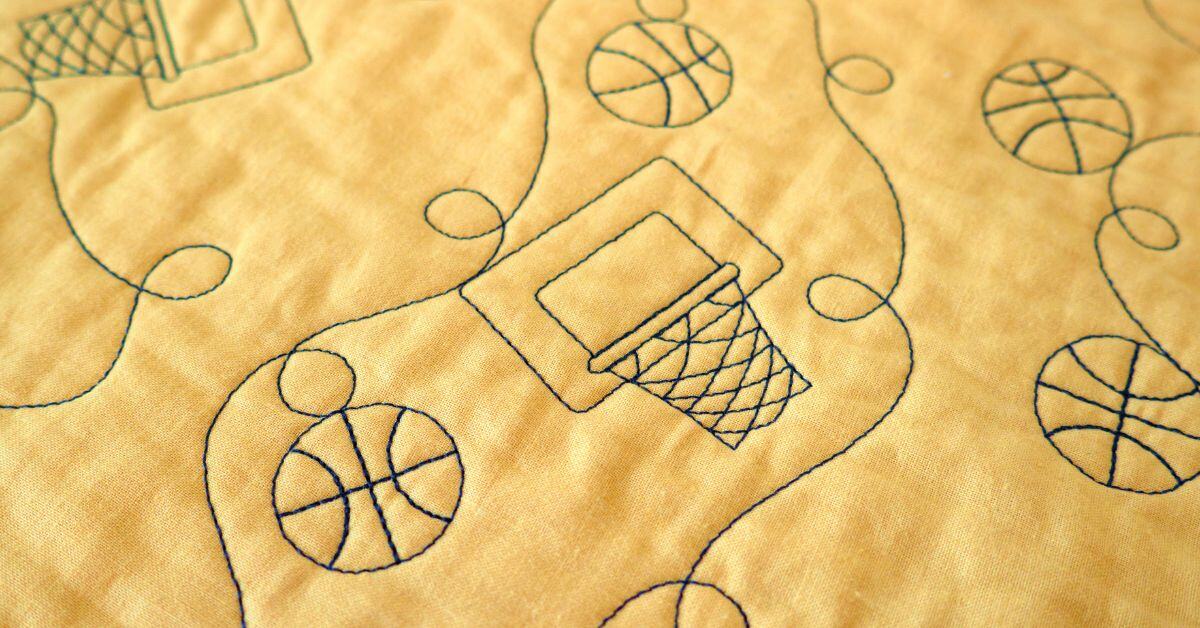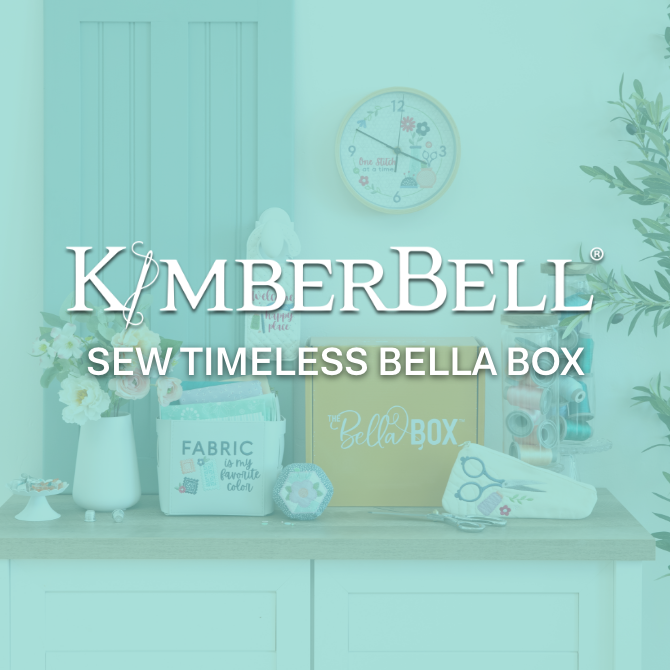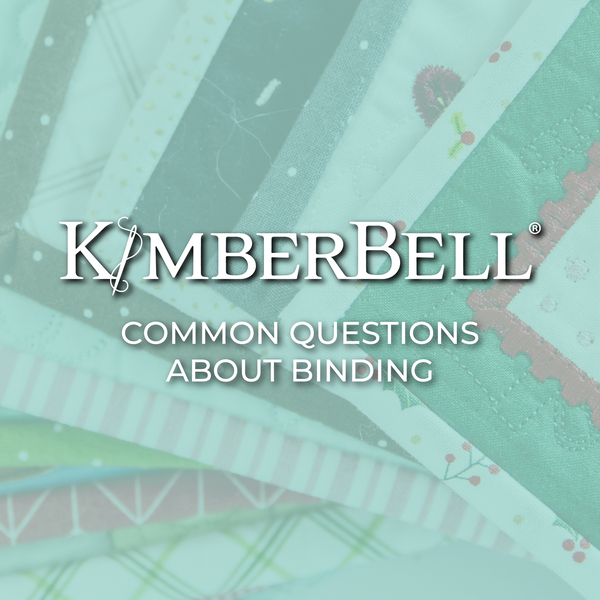Fixing Common Machine Embroidery Thread Problems

You’ve just finished that amazing project, and it’s beautiful! But somewhere along the way, you battled with thread issues. Whether the thread snapped mid-stitch or formed a bird’s nest underneath the fabric, these tiny annoyances can take the fun out of machine embroidery.
Fortunately, many of these thread problems are preventable. Keep reading as we guide you through how to fix common machine embroidery thread problems. These tips and tricks will make your next project beautiful and successful.
Tension Troubles
If you’re dealing with issues like push-and-pull compensation, uneven stitches, or visible thread on the wrong side of the fabric, the thread’s tension could be the problem. Let’s explore how adjusting your machine’s tension can help you achieve flawless embroidery results.
How To Fix Thread Tension Problems
Balance the Top and Bobbin Tension
Check your machine’s manual for top thread and bobbin tension guidance. A small screwdriver may help with bobbin adjustments.
Do a Tension Test
Stitch a few lines or designs on a scrap piece of fabric and adjust the tension settings slowly until your stitches look balanced.
Quality Thread Matters
Always use high-quality machine embroidery thread for consistent tension. It’s worth the investment!
Thread Breakage
SNAP! We know that terrible sound all too well. If a thread breaks time and time again, don’t worry; there are several solutions for this type of fiasco.
How To Fix Thread Breakage
- Double-check that the thread is correctly placed in the machine. In many scenarios, simply rethreading can work wonders.
- High tension can stress the thread and cause it to snap. Loosen the thread slightly and test its tension.
- Make sure the needle size and type match your chosen thread and fabric.
- A worn or bent needle could also be the culprit of thread breakage. Therefore, it’s helpful to change the needles regularly.
- A high-quality stabilizer ensures your fabric doesn’t bunch, which reduces thread strain. Try Kimberbell’s Cut-Away or Tear-Away stabilizers for snug, supported stitching.
Float in The Hoop
Floating in the hoop is a strategy that might help prevent thread breakage. It’s best for fabrics that are too thick, delicate, or oddly shaped to fit in the hoop.
Hoop the stabilizer securely. Lay the fabric on top of the stabilizer. Then, use a temporary adhesive spray, pins, or basting stitches to hold the fabric in place.
This method helps protect the fabric. It’s a great option for towels, bags, and stretchy materials.
Bird Nesting
Another common machine embroidery thread issue you may encounter is thread tangling and forming a mess of thread that resembles a bird’s nest on the embroidery field’s underside. This can stop your progress and become super frustrating to untangle. The good news is that this issue is completely preventable.
How To Prevent Bird Nesting
- Insert and bind the bobbin correctly.
- Check that the fabric is taut in the embroidery hoop but not overstretched. Loose hooping or floating causes threads to loop unevenly during stitching.
- A stabilizer compatible with your project can prevent puckering and shifting. Pick one of Kimberbell’s premium stabilizers to reduce stress on the fabric.
If bird nesting strikes, gently snip excess thread, remove your fabric from the hoop, and re-thread the machine from scratch.
Puckering or Uneven Stitches
If you’re stitching a design and suddenly, the fabric gathers and wrinkles, this issue can ruin all your hard work. You can achieve smooth, flawless stitches every time with a few simple adjustments.
Ways To Avoid Puckering
- Always choose the right stabilizer based on the project. For example, Kimberbell’s Wash-Away Topping works wonders on fabrics with texture.
- Tighten the fabric evenly across the hoop. Try the floating technique for hard-to-hoop fabrics if this feels tricky.
- If the stitches in the design are too close or overlapping, it can gather the fabric. Use lighter-density designs for quilting or delicate projects.
- High-quality embroidery thread ensures smooth, professional results by reducing breaks and fraying.
- Carefully adjust the thread’s tension, so the machine performs exceptionally.
Tangled or Mismatched Colors
Were you planning a multicolored design and the embroidery machine mixed up the threads? This scenario is a nightmare for designers! With the right tools and techniques, you can avoid this frustrating error.
How To Solve Color Problems
- Before starting an in-the-hoop project, revisit the embroidery file and machine color settings.
- If you manually load thread colors, lay them out in the sewing sequence to avoid confusion.
- Test a small section on scrap fabric first to catch color issues or needed adjustments before starting your main project.
- Organizing and labeling threads saves time and prevents mistakes, especially during complex projects.
Taking these simple but effective steps will make you feel more confident as you bring your creative ideas to life.
Take Care of Your Machine
While you might feel eager to start your next project, you have to keep the embroidery machine in great shape. Here are some tips to keep the machine running smoothly:
- Dust and lint can accumulate in your machine, affecting its performance. Clean your machine at least once a month using a soft brush or vacuum.
- Just like any mechanical equipment, embroidery machines require lubrication to function properly. Follow the manufacturer’s instructions on how often and where to oil the machine.
- If the machine has numerous complications, have it serviced by an authorized machine embroidery technician.
Keep the Embroidery Process Stress-Free With Supporting Tools
Did you know your stabilizer options can make or break a project? For instance, Kimberbell stabilizers like Sticky-Back Tear-Away are lifesavers for embroidery that requires floating. These tools support your fabric during intricate projects, preventing many of the frustrations described above.
At Kimberbell, we like to say that investing in the quilting background of your design is just as essential as your thread or hooping method. A stabilized base elevates your embroidery quality every time.
Machine embroidery may have challenges, but fixing common issues like thread tension, breakage, and puckering can be easy with the right techniques (and tools). Remember, every project teaches something new and brings you closer to embroidery masterpiece status.
Need a hand? Check out our website for guides, accessories, and tools that support your creativity in every hoop. And don’t forget to stock up on mini-quilts and blanks if you’re planning a sewing spree.



